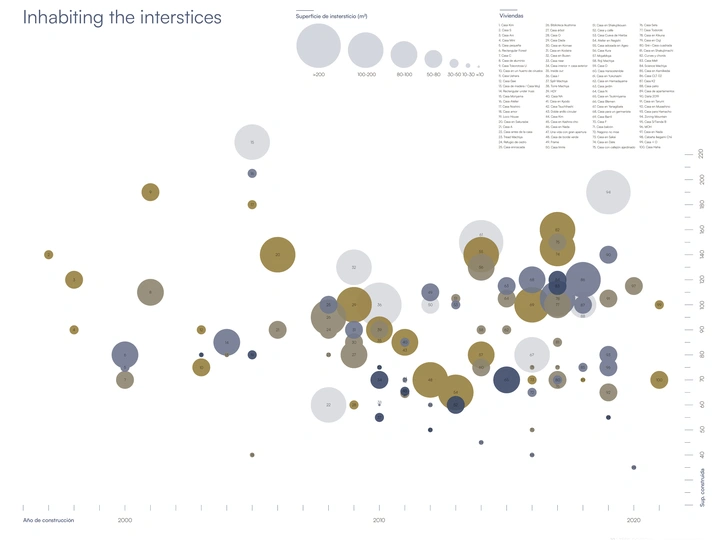Inhabiting the interstices

Salvador Prieto is an architect, professor and researcher at the University of Seville. He has been guest research associate at Kyoto University (2022) and guest lecturer at Texas Tech University (2023, 2024). FIDAS Research Grant Award 2021 and ArchDaily Final Degree Project Award. He is currently professor at the Department of Graphic Expression, and is finishing a PhD on the relevance of interstitial spaces and the exchanges between public and private space in the construction of contemporary Japanese houses. Research Group TEP141 Project and Heritage. He has developed his research through scientific articles published in multiple national and international journals and congresses, such as the Symposium on Research in Architecture of the National University of Colombia (2020), the Seminar of the Aula de Patrimonio Industrial of the Polytechnic University of Madrid (2023), or the journal EGA (Expresión Gráfica Arquitectónica) (2023) among others. He is committed to exploring the city, with drawing and writing as fundamental tools for understanding it.
Fieldwork, drawing and writing are possible ways to research the everyday city and its interstitial spaces. By investigating cities, decoding their unique patterns and interpreting the topographies of places, we can discover the forces that shape the urban.
As an example of this method we find the experience carried out so far. The insertion of a light house assembled in contexts with strict limits, whether normative or physical, provokes situations of imprecision in the intersection between these elements. The objective of the research has been to analyse and draw conclusions about the behaviour of these interstices as social and environmental regulators. The Japanese urban context offers a wide range of examples that have found in the interstices between city and housing potential spaces for improving the relationship between them. For this research it has been important to understand not only current experiences, but also novel research experiences that have been made in the Japanese context of the 20th century, as the artistic experiences that have surrounded the city.
The use of drawing has been a fundamental tool in the working process for the correct understanding of the functioning of interstitial spaces, and writing has been a means of compiling these experiences, with examples of publications such as the scientific journals EGA (Architectural Graphic Expression) or PPA (Project, Progress, Architecture). These architectural chronicles contain deep down reflections on activities, voids and surfaces, giving rise to new ways of understanding and designing urban space, which transcended the limits of traditional field research. The commitment to these urban enquiries, based on the carefree attention to everyday objects, individual expression or the ephemeral occupation of public space, is a fruitful alternative that incorporates a rich approach, closer to the reality of its ecology, into the urban analysis and its proposals for transformation.